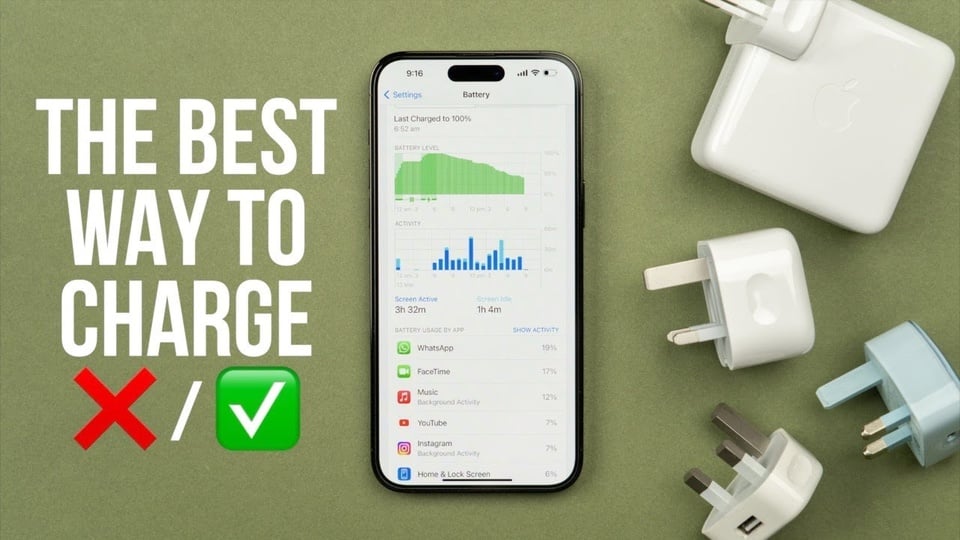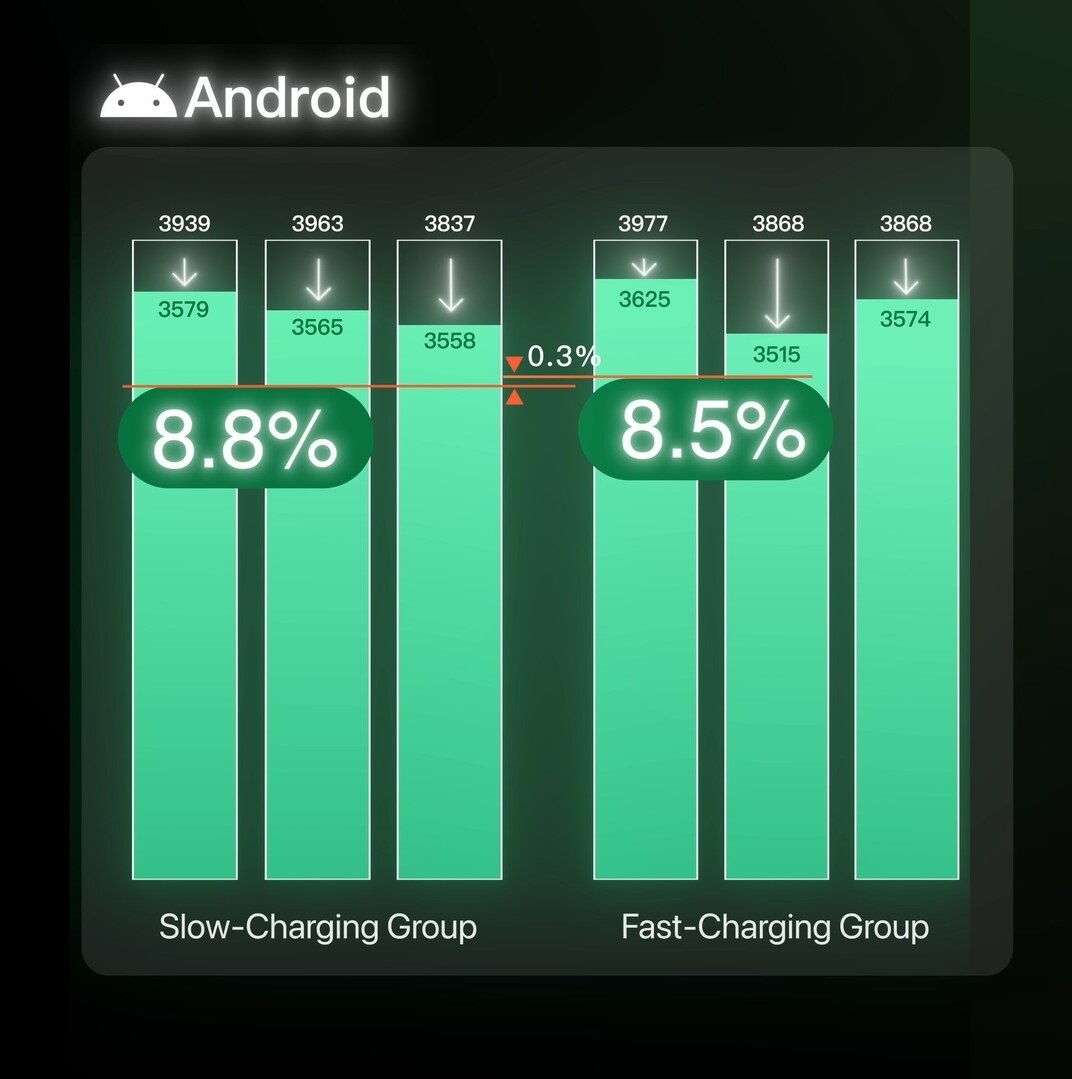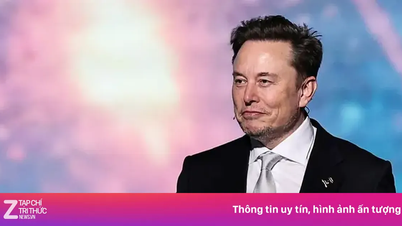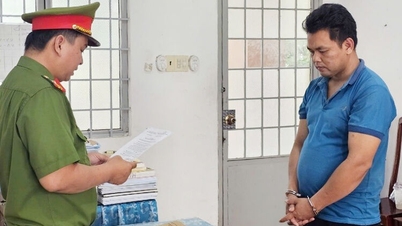 |
Does fast charging really damage the battery? Photo: Dion Schuddeboom/YouTube . |
Smartphone battery technology is developing rapidly, with many Chinese companies equipping "huge" 7,000-8,000 mAh batteries with 120 W charging capacity. In contrast, Apple and Samsung are said to be lagging significantly: flagships like the iPhone 17 Pro Max (5,088 mAh/40 W) and Galaxy S25 Ultra (5,000 mAh/45 W) have quite modest battery charging specifications.
This delay has divided the user community into two opposing streams. Half strongly supports fast charging for its convenience and optimized experience. Meanwhile, the other half firmly rejects it, expressing concerns about the risk of rapid battery drain, reduced device lifespan and the risk of fire and explosion.
To answer this question, the technology YouTube channel HTX Studio conducted a large-scale experiment that lasted for 2 years. In the latest video posted on November 7, the research team officially cleared up one of the most controversial misconceptions about smartphones.
 |
HTX Studio 's experiment has helped answer one of the most controversial questions about smartphones. Photo: HTX Studio. |
Specifically, HTX Studio used 10 iPhone 12s and 10 iQOO 7s and divided them into 4 main groups:
Fast Charging Group: 3 iPhones charged at up to 20W (iPhone 12's maximum speed), while iQOO charged at 120W.
Slow Charging Group: 3 iPhones were at around 5W while iQOO charged at 18W
Limited Charging Group: 3 iPhones and 3 iQOOs can only be charged when the capacity is between 30-80%.
Special group: Each phone (one iPhone, one iQOO) was put into a separate group and not charged during the 6-month test.
After 500 charge/discharge cycles — equivalent to 1.5 years of use — the slow-charging iPhone models lost 11.8% of their battery capacity, while the fast-charging group lost 12.3% — a difference of just 0.5%.
For Android devices, the results were even more surprising as the slow charging devices actually lost more battery life, losing 8.8% of their battery capacity compared to 8.5% for the fast charging group.
  |
Specific "battery wear" chart on Android smartphones and iPhones when charging slowly (left) and charging quickly (right). Photo: HTX Studio. |
The team also confirmed the effectiveness of some common charging habits. Specifically, keeping the battery between 30-80% can bring a slight benefit, but the difference is not really significant. Specifically, when the battery is kept in this range, the iPhone will retain an additional 4% and Android 2.5%.
More importantly, the test results also showed that leaving the phone plugged in at 100% continuously for several days did not cause any significant damage to the battery capacity.
The video also addresses other questions about battery usage habits, such as whether it’s better to just plug in for a few minutes and then unplug it, or to always charge it to full. While the team admits that the week-long test may not be long enough to draw definitive conclusions, no significant difference in battery capacity was observed during this period.
Ultimately, HTX Studio came to the conclusion: The best way to charge your phone is to “charge the way you want” without worrying or overthinking. Sacrificing comfort and convenience for a little extra battery life seems like a bad trade-off.
Source: https://znews.vn/sang-to-lam-tuong-gay-tranh-cai-nhat-ve-smartphone-post1601128.html





































![[Video] Hue Monuments reopen to welcome visitors](https://vphoto.vietnam.vn/thumb/402x226/vietnam/resource/IMAGE/2025/11/05/1762301089171_dung01-05-43-09still013-jpg.webp)




















































![Dong Nai OCOP transition: [Part 2] Opening new distribution channel](https://vphoto.vietnam.vn/thumb/402x226/vietnam/resource/IMAGE/2025/11/09/1762655780766_4613-anh-1_20240803100041-nongnghiep-154608.jpeg)













Comment (0)